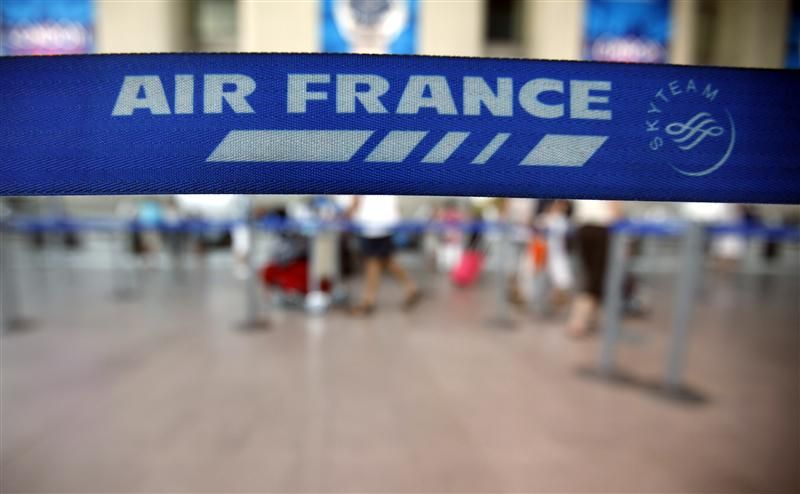AirFrance-KLM is set to test how far investors are willing to go in their search for yield by offering a deeply subordinated bond from a cyclical industry, and on which coupon payments will be primarily based upon management’s good faith.
The Franco/Dutch airline group set out plans this week for what is expected to be the first airline corporate hybrid since 1999 but if it prices, the deal will be more notable for other reasons, not least because AirFrance has not paid a dividend since 2008.
“We have had hybrid issuers that have taken a holiday on their dividends but were still able to do hybrids. However, we have never had a company that’s not paid a dividend for as long as five, six years,” a debt capital markets banker said.
Dividends payments are the main safety net for investors buying hybrid bonds on which coupons are discretionary. Through the so-called dividend pusher or stoppers, they give comfort that if the equity has been paid, so will the hybrids.
“They don’t pay a dividend, so in theory there is very little stopping them from deferring the coupon,” one investor said.
This has made some investors wary. Daniel Broby, chief executive of multi-strategy hedge fund manager Gemfonds said he was passing the trade over, branding it ‘Air Chance’.
Hybrid issuance has boomed in the past years due to a combination of low yields and increased appetite from investors, with over €13bn already sold this year after a record €32bn issued in 2014.
One syndicate official said the roadshow would provide Air France with a key opportunity to signal to investors they intended to pay coupons, especially as it was a regular issuer of senior debt.
“…then it’s up to them. But it comes down to reputation and whether Air France want to maintain that and keep its relationships,” he said.
Hybrid casualties
The corporate hybrid market has had its fair share of hiccups in the past, however. One of the biggest casualties was a €500m hybrid for French multimedia company Thomson, issued in 2005. The firm restructured in 2009 after it buckled under the weight of its debt.
Because of the features of the bonds and their position in the company’s capital structure, bondholders last received interest in May 2010. No further coupons are expected to be paid on what is perpetual debt.
That’s not to say that investors buying AirFrance’s deal will suffer the same fate. Corporate hybrids have come a long way since the Thomson hybrid in 2005. Coupons are typically cash-cumulative and interest-compounding, meaning that investors can get all their money back if a company that skipped a coupon starts paying them again.
Furthermore, because AirFrance is unrated, it gave leads BNP Paribas, Deutsche Bank, Morgan Stanley, CA CIB and Natixis wiggle room on the structuring to entice investors.
“We have a 500bp step-up at the first call date which reduces the extension risk of the instrument considerably for investors who can take some comfort that the deal will be called at the first opportunity and that’s a big selling point,” said a banker involved.
“If it was rated, the step could only be 100bp. For a lot of investors, it will be about whether they buy into AirFrance’s recovery story or not.”
If it sells the deal, AirFrance will get some much-needed breathing space. Because the bonds are perpetual, they will be accounted as equity under the International Financial Reporting Standards.
